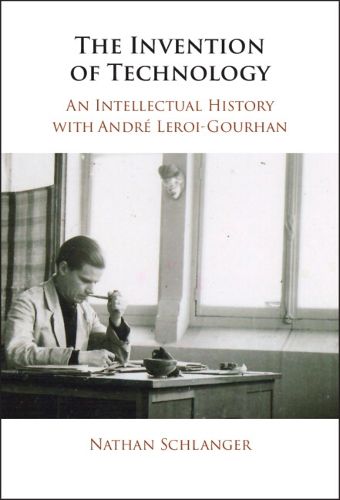Readings Newsletter
Become a Readings Member to make your shopping experience even easier.
Sign in or sign up for free!
You’re not far away from qualifying for FREE standard shipping within Australia
You’ve qualified for FREE standard shipping within Australia
The cart is loading…






What is technology? How and why did techniques - including materials, tools, processes and products - become central subjects of study in anthropology and archaeology? In this book, Nathan Schlanger explores the invention of technology through the work of the eminent ethnologist and prehistorian Andre Leroi-Gourhan (1911-1986), author of groundbreaking works such as Gesture and Speech. While employed at the Musee de l'Homme in Paris, Leroi-Gourhan initially specialized in ethnographic studies of 'material civilizations'. By the 1950s, however, his approach broadened to encompass evolutionary and behavioral perspectives from history, biology, psychology and philosophy. Focused on the material dimensions of techniques, Leroi-Gourhan's influential investigations ranged from traditional craft activities to automated production. They also anticipated both the information age and the environmental crisis of today. Schlanger's study offers new insights into the complexity of Leroi-Gourhan's interdisciplinary research, methods, and results, spanning across the 20th century social sciences and humanities.
$9.00 standard shipping within Australia
FREE standard shipping within Australia for orders over $100.00
Express & International shipping calculated at checkout
What is technology? How and why did techniques - including materials, tools, processes and products - become central subjects of study in anthropology and archaeology? In this book, Nathan Schlanger explores the invention of technology through the work of the eminent ethnologist and prehistorian Andre Leroi-Gourhan (1911-1986), author of groundbreaking works such as Gesture and Speech. While employed at the Musee de l'Homme in Paris, Leroi-Gourhan initially specialized in ethnographic studies of 'material civilizations'. By the 1950s, however, his approach broadened to encompass evolutionary and behavioral perspectives from history, biology, psychology and philosophy. Focused on the material dimensions of techniques, Leroi-Gourhan's influential investigations ranged from traditional craft activities to automated production. They also anticipated both the information age and the environmental crisis of today. Schlanger's study offers new insights into the complexity of Leroi-Gourhan's interdisciplinary research, methods, and results, spanning across the 20th century social sciences and humanities.